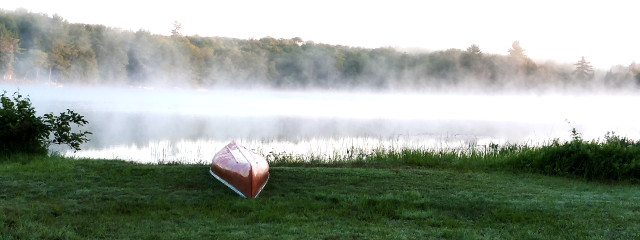Much of human history depends upon our ability to travel. Oars and paddles have played a significant role in said history, whether used for a simple canoe, kayak, rowboat or large ships they have helped humans travel and explore. Paddles and oars don’t look like much. However, there is much more to the paddle then meets the eye.
THE DIFFERENCE
Why mention both paddles and oars? Paddles and oars are different from each other. Oars are usually attached to the boat or ship, which means that letting go of an oar doesn’t mean you’ll lose it in the water.
Paddles on the other hand are NOT attached and letting go WILL result in the loss of the paddle. Paddles also come with either one blade (like a canoe paddle) or two (like a kayak paddle). The blade is the long flat part at the end that goes into the water.
THE OLDEST

The oldest boat ever found is the Pesse Canoe which is roughly 10,000 years old. One of the oldest oars ever found, which was discovered in South Korea, is about 7,000 – 7,500 years old. The second-oldest paddle discovered is the Duvensee Paddle found in 1926 in Germany. It was in a dwelling place from the Mesolithic Period.
An older piece of either paddle or oar (my sources disagree on the term) was found at Star Carr. The paddle or oar dated back to the Mesolithic period. Star Carr is in North Yorkshire, England and is one the most important Mesolithic archeological digs. Of course, there may have been older oars or paddles that rotted away before they could be unearthed.
DESIGN IS HARDER THAN IT LOOKS
PADDLES
We’ve come a long way since the Duvensee paddle. Today paddles can be made of aluminum, graphite, plastic, fiberglass or various types of wood. On top of that, there different types of paddles for different uses.
Canoe paddles, for example, have various blades, grips and shafts. The grip is held by the paddler’s upper hand. The other hand low on the shaft which is the long thin handle of the paddle.
Canoe paddles come with two types of grips. One is the T-grip, which looks similar to the letter T, the other is the teardrop shaped palm grip. There are different shapes of blades and shafts come in various lengths. There are also bent shaft paddles that come at different angles. With all of these elements to consider it can be difficult to choose the right paddle.

OARS
I’ll be focusing on two types of oars. They are rowing oars and sculling oars. What’s the difference between rowing and sculling?
Rowing is when the oar is being used on only one side of the craft, so both the rower’s hands would be on the one oar. (This made me think galley slaves on large ships). Sculling is using two oars to row using one on either side of the craft, with one hand on each oar.

The longer of these two types of oars is the rowing oar. Most oars today are made of carbon fiber, instead of wood. Like the canoe paddle, oars come with different shaft lengths and spoon designs. On an oar, the flat part that goes in the water is called a spoon, while rowers often call the oar itself a blade. (Don’t worry I got a bit confused after the canoe paddle blade too).
MY THOUGHTS
I’m not a great canoer, but I love to canoe. I never really thought about the importance of the paddle in history, just its importance in keeping the canoe moving and on track. I didn’t know anything about oars before researching this post and I have to say they’re more interesting than I expected. Which do you think is more interesting, the paddle or the oar? Let me know in the comments!
CONCLUSION

Without the invention and use of oars and paddles human travel and history would be different. The next time you see or use one of these tools, remember how long we’ve had them. And while you’re at it take a moment to appreciate all the hard work that gets put into designing a useful paddle or oar.


Hey there! This post couldn’t be written any better! Reading this post reminds me of my previous room mate! He always kept chatting about this. I will forward this page to him. Pretty sure he will have a good read. Thanks for sharing!
LikeLike
Thank you!
LikeLike
I’ve been surfing online more than three hours nowadays, yet I by no means found any fascinating article like yours. It is pretty value sufficient for me. In my view, if all web owners and bloggers made excellent content as you probably did, the web will be a lot more helpful than ever before.
LikeLike
Thank you!
LikeLike
Thankyou for helping out, excellent info .
LikeLike
Hey! This is my first comment here so I just wanted to give a quick shout out and tell you I really enjoy reading through your articles. Can you suggest any other blogs/websites/forums that cover the same topics? Thank you!
LikeLike
Hello! I don’t want to endorse any sites at this time, but you could always try museum blogs or fact sites, in general.
LikeLike
When I initially commented I clicked the “Notify me when new comments are added” checkbox and now each time a comment is added I get four e-mails with the same comment. Is there any way you can remove me from that service? Thanks a lot!
LikeLike
Thanks for letting me know. I’ll look into that!
LikeLike